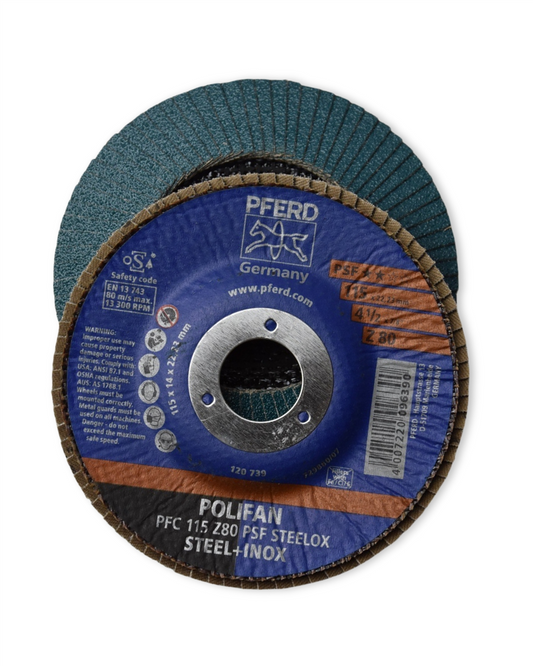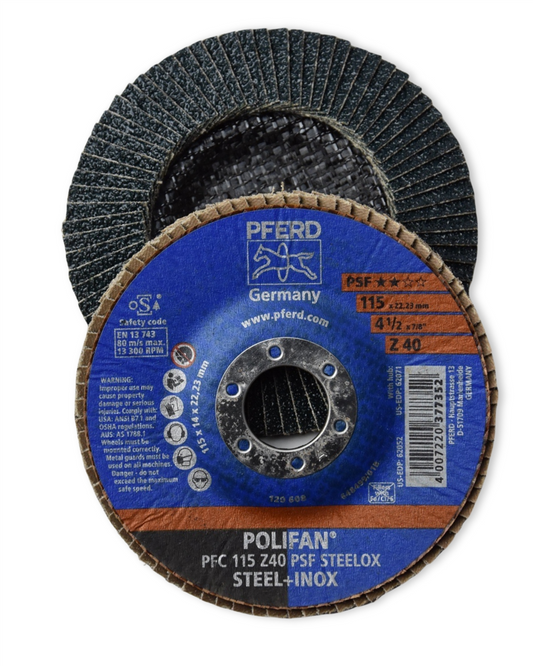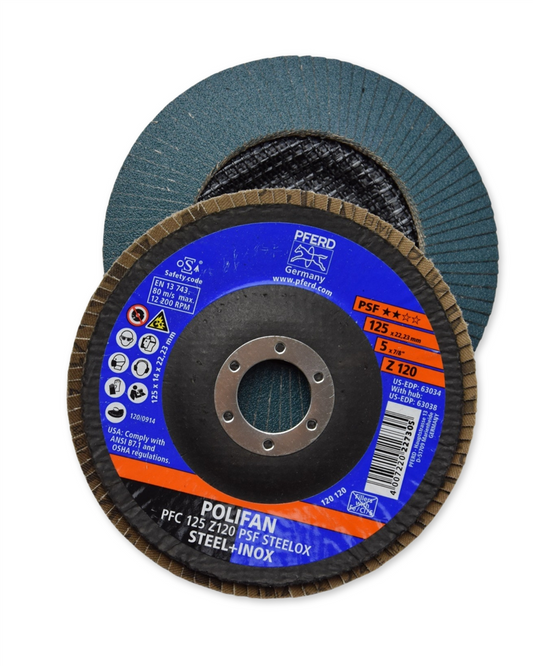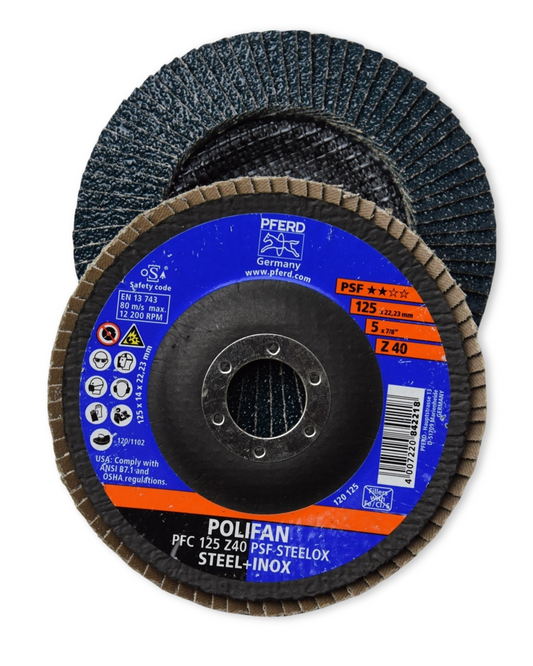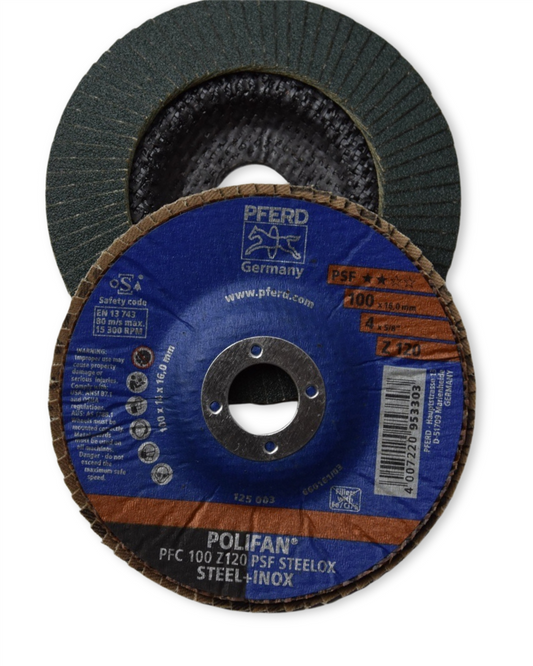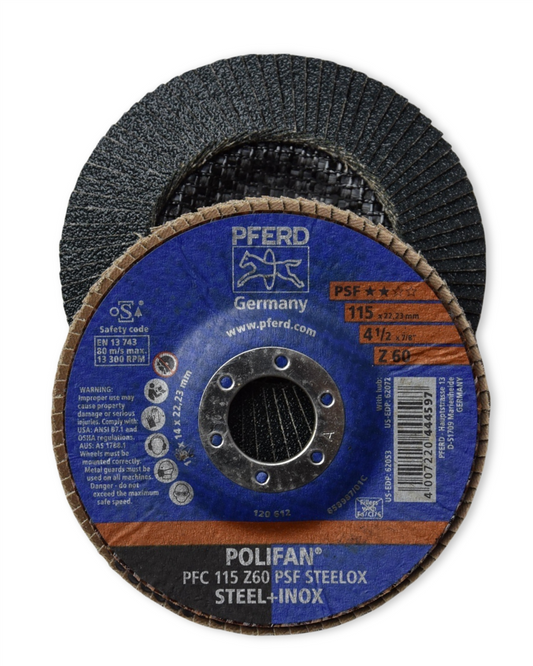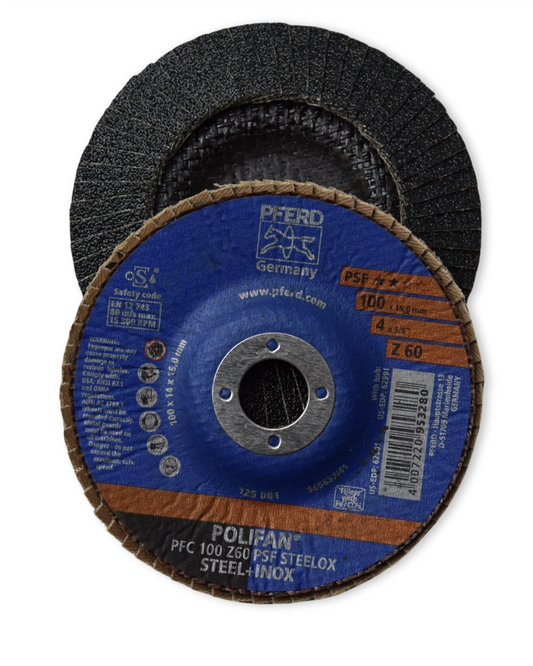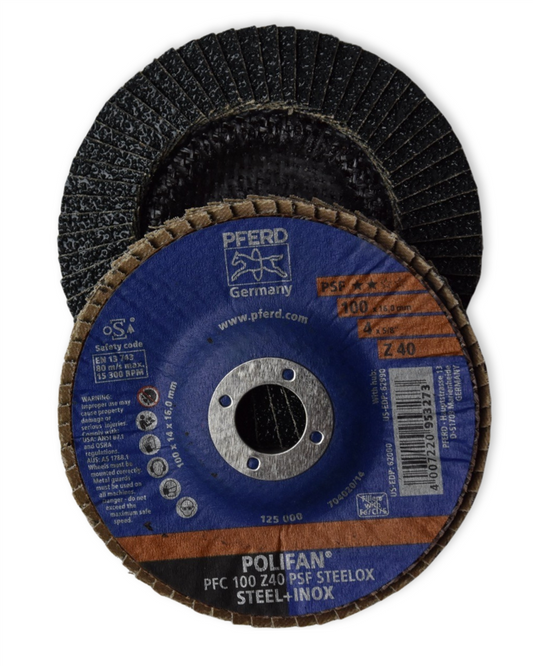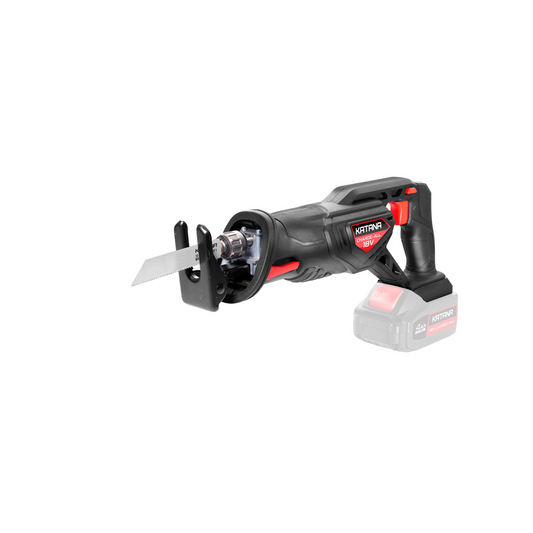Blocked gutters don’t warn you — until your ceiling starts weeping during a Sunday storm.
Share
Get Ahead of the Drips: DIY Gutter Maintenance Without the Guesswork
Because it’s never just rainwater — it’s your roof, your walls, your foundation
Picture this: it hasn't rained for weeks, then suddenly a solid downpour hits — and there it is. That familiar sound of water overflowing the gutter like it's got somewhere better to be. It’s more than a mess. That overflow could mean blockages, sagging, rust, or worse… water sneaking into places it shouldn’t. You know what they say — where there's drip, there's damage waiting.
Gutters can be overlooked. They’re way up there, out of sight, and usually not on the weekend project list until something goes sideways. But keeping them clear and flowing saves headaches (and big repair bills) later on. Whether you're a first-time fixer or you’ve helped out your old man on the roof a few times, here’s the no-nonsense guide to staying on top of gutter health.
Why Gutters Even Matter
Your gutter system is like the veins of your roof — quietly managing litres of water every time the clouds unload. When working right, they:
- Redirect water safely away from walls and foundations
- Prevent roof leaks and timber rot
- Stop mud splatter, erosion, and garden bed washouts
- Keep pests from nesting in damp, forgotten corners
Let one little section clog up with leaves or gunk, and that whole system jams. Suddenly water backs up, spilling over edges and weighing things down. And yeah — that’s how you end up with rust marks, flaking paint, or even mould indoors.
The Gutter Maintenance Checklist
This isn’t just for looks — it’s how you dodge roof drama and keep your setup solid.
1. Clean the Gutters Twice a Year
Early spring and late autumn are perfect. Scoop leaves and debris out using a gutter scoop or even a small trowel. For sections packed tight, rinse with a hose on medium pressure. Start at the closed end and move toward the downpipe.
2. Flush the Downpipes
If water isn’t flowing freely or trickles out like it’s half asleep — block alert! Pop a hose into the top of the downpipe and run water to check flow. If it backs up, try a plumber’s snake, or hose full-blast from the bottom up (just be careful with water pressure).
3. Check for Rust, Sagging or Holes
Spot rust or flaky bits inside the gutter? Surface rust can be brushed off and treated with a sealant. Sags may need brackets re-tightened or replaced. Tiny holes — often from corrosion — can be patched using gutter repair tape or a waterproof sealant.
4. Trim Back Overhanging Branches
Branches dropping leaves into your gutter? Time to sort that out. Cut back overhang to minimise leaf litter and reduce the risk of larger limbs falling in storms. Good airflow keeps things dry and flowy.
5. Install Gutter Guards (If You Can)
Mesh guards or clip-in covers can stop most leaves without killing flow. They’re not perfect — still need an occasional clear — but they cut down the big cleanout jobs.
Pro tip: “The best gear is what keeps you off the ladder longer — guards, sealed joints, and smart planning all help,” says one of our regulars who does roofing full-time.
When a Blockage Becomes a Bigger Deal
You might think a backed-up gutter is minor, but here’s what can actually happen if ignored:
- Roof Leaks: Water overflows back under tiles or tin, soaking into the ceiling cavity.
- Timber Rot: Rafters and eaves cop it, especially if there’s poor ventilation.
- Foundation Damage: Overflowing water pools around the base of your home. Over time, it pushes into footings and causes cracks.
- Mould & Mildew: Damp walls, smells, and sneaky black spots on ceilings are signs water’s going where it shouldn’t.
A Little Local Know-How Goes a Long Way
Gutter habits vary from place to place. In our region, the storm-season hit-and-miss makes cleanouts all the more important. A windy weekend can dump a tree’s worth of gum leaves in hours. And for those with rural properties — rusty gutters = thirsty fire fuel come summer.
One local tradie shared something smart last week: "I used to wait 'til a gutter actually blocked. Now I just check every few months when I’m hauling out the ladder anyway — way less stress."
Good advice isn’t always flashy, but it's the stuff that sticks. And it doesn’t need to be hard. Keep it simple. Check. Clean. Repair. Repeat.
Tools That’ll Make It Easier
No need to go overboard — but the right tools can make the job smoother.
- Sturdy ladder (extension or folding)
- Gutter scoop or small garden trowel
- Gloves and safety glasses
- Gardening bag or tarp to collect debris
- Hose with nozzle or pressurised sprayer
- Sealant, brackets, or patch tape (for quick fixes)
Need advice on what’ll last or suit your roof setup? Just ask in-store — we’ll point you in the right direction, no fuss.
Want to Make Gutters “Set and Forget”?
While nothing's totally maintenance-free, there are smart upgrades that cut future hassle. Here are a few options folks around here swear by:
- Alloy gutter guards — better for leaves and small twigs
- In-line leaf diverters at the top of downpipes to catch clumps
- Upgraded brackets and fixings that handle weight and vibrations
Thinking long term? Ask older tradies what’s worked on their roofs — and watch how they set theirs up. There’s gold in that insight.
So, Is It Time to Look Up?
When was the last time you gave your gutters a second thought? Be honest. It’s one of those jobs that slips past — until it makes you wish you’d been one step ahead.
Here’s your friendly nudge: next dry weekend, grab the ladder, pull on the gloves, and give those gutters some love. Don’t wait until the drip becomes a drama.
And if you're not sure where to start — or need a hand figuring out a guard system or fixing a rusty patch — swing past. We’ll talk you through it, mate to mate.
Catch you round the traps,
Candeece

Stay Connected
Follow our Facebook Page: Strathalbyn H Hardware on Facebook



